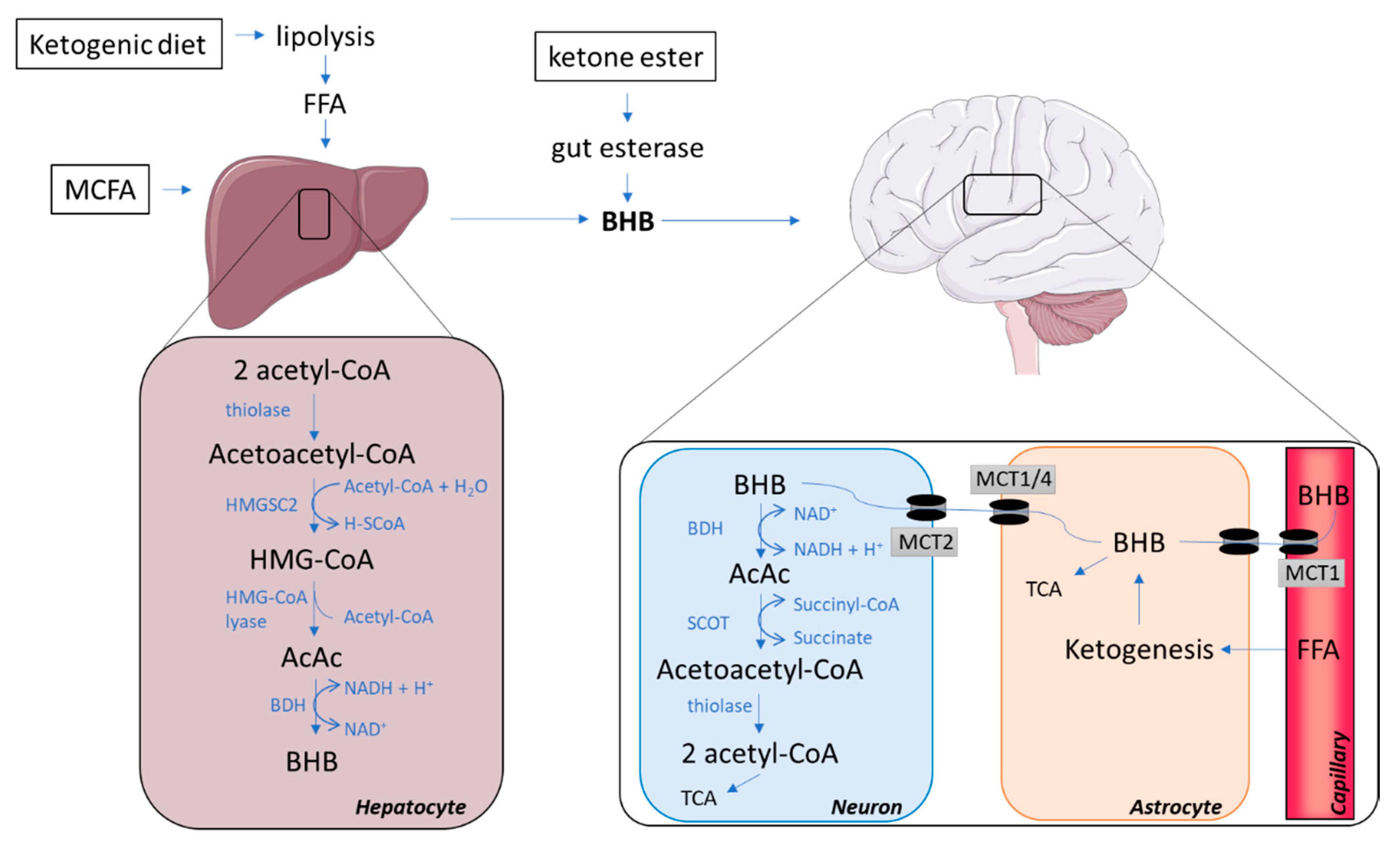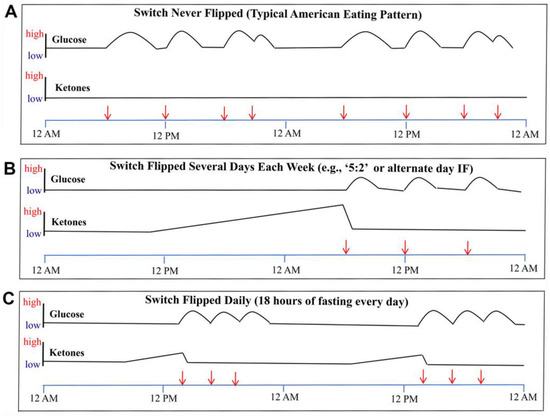The Power of Intermittent Fasting: A Hour-by-Hour Guide to Transforming Your Health
Watch the original video:
In today's fast-paced world, modern diseases like diabetes, high blood pressure, high cholesterol, and obesity have become all too common. These metabolic conditions not only impact our daily lives but also accelerate aging, robbing us of vitality. The good news? Healthy eating habits can play a pivotal role in managing these issues and promoting longevity. As Dr. Jo emphasizes, it's not just about what we eat—reducing processed foods and additives is essential—but also how and when we eat. Intermittent fasting stands out as a powerful tool in this arsenal, allowing the body to reset and heal.

Drawing from the insights of experts like Dr. Jason Fung, author of The Diabetes Code and The Obesity Code, and the research outlined by Dr. Valter Longo (often associated with Harvard Medical School's work on fasting), this article explores the science behind intermittent fasting. We'll break down what happens in your body, stage by stage, during a fast. Whether you're exploring low-carb, high-fat diets or plant-based whole-grain approaches, understanding these processes can empower you to make informed choices for better health.
Understanding Your Body's Energy System
Before diving into the stages of fasting, it's crucial to grasp how our bodies handle energy. At the core is ATP (adenosine triphosphate), the fuel that powers our cells. ATP production requires oxygen (from breathing) and nutrients from food, primarily glucose (from carbohydrates) or fats (triglycerides).
- Glucose: Stored in the liver as glycogen, a chain of glucose molecules that's easy to access and break down for quick energy.
- Fats (Triglycerides): Stored in fat cells (like belly or thigh fat), these are a denser energy source but harder to mobilize. They're broken down in the liver into fatty acids and glycerol, which can be used directly or converted to glucose.
Most organs—heart, liver, kidneys, muscles—can switch between these fuels seamlessly. The brain, however, relies primarily on glucose or an alternative called ketones (produced from fats during fasting). This flexibility is key to survival during periods without food, and intermittent fasting leverages it to combat insulin resistance, a root cause of many metabolic diseases.

The Five Stages of Intermittent Fasting
Intermittent fasting isn't about starvation; it's about giving your body a break from constant digestion to tap into stored energy and trigger repair processes. Here's what happens hour by hour, based on scientific insights from Dr. Fung and Dr. Longo.

Stage 1: Digestion and Absorption (0–4 Hours After Eating)
Immediately after a meal, your bloodstream floods with glucose, regardless of whether your food was carb-heavy, fatty, or protein-rich. The body prioritizes glucose as its primary fuel, storing any excess for later use. Glucose gets packed away as glycogen in the liver, while fats are converted to triglycerides and stored in fat cells—contributing to areas like belly fat.
This phase is all about processing and storing nutrients. If you're overeating carbs or proteins, the surplus builds up these reserves. It's a natural response, but in our snack-filled modern lifestyles, we often linger here too long.
Stage 2: Post-Absorption (4–16 Hours After Eating)
Once the initial meal absorption wraps up around the four-hour mark, your body shifts gears. This is the sweet spot for many intermittent fasters aiming for a 16-hour window (e.g., eating only between noon and 8 p.m.). Even if you're sedentary, the glucose from your meal has been used or stored, so the body now draws from liver glycogen for energy.
Key benefits emerge here: Blood glucose levels drop, reducing the demand for insulin—the hormone that shuttles glucose into cells. Chronically high insulin from frequent eating leads to insulin resistance, fueling conditions like diabetes, hypertension, high cholesterol, PCOS, and endometriosis. In this stage, lower insulin allows the kidneys to excrete excess salt and water, easing bloating, reducing blood pressure, and trimming belly fat.

Dr. Jo stresses that constant grazing—breakfast, mid-morning coffee, lunch, afternoon snacks—keeps us trapped in Stage 1, perpetuating metabolic issues. Doctors treating high blood sugar or cholesterol should probe eating patterns alongside prescribing meds. Embracing Stage 2 daily helps reset your system for better health.
Stage 3: Gluconeogenesis (16–30 Hours After Eating)
By the 16-hour mark, liver glycogen is typically depleted, prompting the body to manufacture new glucose through gluconeogenesis—converting proteins (and some fats) into glucose. This isn't full fat-burning yet; it's a bridge phase.
Concerns about muscle loss arise here, but the body is smarter than that. It activates autophagy, a cellular "recycling" process that clears out damaged or old cells, preserving healthy ones. In 2016, Yoshinori Ohsumi earned the Nobel Prize in Physiology or Medicine for discovering autophagy's mechanisms. Think of it as spring cleaning for your cells: Removing junk prevents premature aging and keeps tissues youthful.

While some protein breakdown occurs, most people consume excess protein (20–40% more than needed), so it's not a crisis. Autophagy even aids skin regeneration, helping tighten loose skin after weight loss. For anti-aging perks, pushing past 16 hours is vital—though it might mean skipping that morning coffee (stick to water for optimal results). Genetics play a role in youthful appearance, but fasting enhances it.
Stage 4: Ketosis (24 Hours to 1 Week After Eating)
Around 24 hours in, with glycogen and easy glucose sources exhausted, your body ramps up ketone production from stored fats. This state, ketosis, is the goal for low-carb, high-fat enthusiasts. Ketones are an efficient alternative fuel, especially for the brain, which can't directly use triglycerides but can derive up to 70% of its energy from ketones.
Dispelling myths: Your brain doesn't "need" carbs—it thrives on ketones, often leading to sharper focus, better memory, and mood improvements. Keto diets have been used medically for epilepsy treatment, underscoring their validity. Fasting accelerates entry into ketosis compared to diet alone, making it a potent tool for fat loss and mental clarity.

Stage 5: Protein Conservation (1 Week and Beyond)
After about a week, the body enters a conservation mode, becoming a highly efficient fat-burner. Gluconeogenesis slows to spare proteins, and surprisingly, hunger diminishes. Hormones like ghrelin (the "hunger hormone") decrease, explaining how people undertake extended fasts for spiritual or activist reasons.
At this point, you're in a survival-optimized state: Fat stores fuel everything, preserving muscle and vital proteins. While not recommended for most without medical supervision, it highlights the body's resilience.
Taking Control of Your Health
Intermittent fasting isn't a one-size-fits-all miracle, but incorporating it—alongside balanced diets like low-carb high-fat or whole-grain plant-based—can combat metabolic diseases and slow aging. As Dr. Jo, inspired by Dr. Fung's The Obesity Code (which influenced her own book Patient Revolution), advises: Avoid sabotaging your insulin system with constant eating. Aim for daily fasting windows to cleanse your liver, vessels, and cells.
Start small, consult a healthcare professional if you have conditions, and remember: Timing your meals is as crucial as their content. For deeper dives, check out Dr. Fung's books. Here's to vitality and longevity—let's reclaim our health together!

